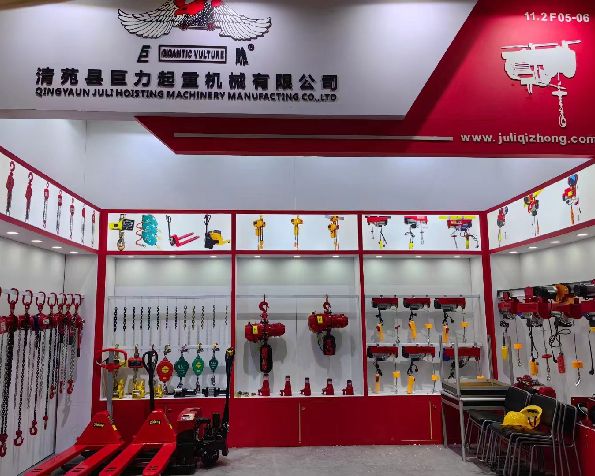


Understanding Anti-Fall Protection Essential Measures for Safety
In various industries, from construction to manufacturing, worker safety is of paramount importance. One of the significant risks faced by workers is falling from heights, which can lead to severe injuries or even fatalities. To mitigate these risks, anti-fall protection mechanisms are vital. This article explores the various aspects and importance of anti-fall protection measures.
What is Anti-Fall Protection?
Anti-fall protection refers to a range of safety equipment, systems, and practices designed to prevent workers from falling from heights or to minimize the impact if a fall occurs. These protections are not only crucial for ensuring the safety of workers but are also mandated by various occupational safety and health regulations worldwide.
Types of Anti-Fall Protection Systems
There are several types of anti-fall protection systems, each suited for different environments and applications. Some of these include
1. Guardrails These barriers are installed around elevated platforms, scaffolding, or roofs to provide a physical boundary that prevents workers from accidentally slipping or falling.
2. Safety Nets Positioned below working areas, safety nets catch workers in the event of a fall. They are particularly useful in construction sites where working from heights is frequent.
3. Personal Fall Arrest Systems (PFAS) This includes harnesses, lanyards, and anchors that workers wear to secure themselves to a stable structure. In the event of a fall, these systems should arrest the fall before the worker hits the ground.
4. Lifelines These are horizontal or vertical ropes that provide a secure point for workers to tie off their PFAS. They are essential for maintaining mobility while ensuring safety on various work sites.

The Importance of Anti-Fall Protection
Implementing adequate anti-fall protection measures is vital for several reasons
- Worker Safety The primary aim of anti-fall systems is to protect workers from falls that can lead to serious injuries or fatalities. By reducing these risks, companies contribute to a safer working environment.
- Legal Compliance Regulatory bodies such as OSHA (Occupational Safety and Health Administration) in the United States have stringent regulations regarding fall protection. Non-compliance can result in penalties and legal actions against employers.
- Cost-Effectiveness Investing in anti-fall protection systems can save companies significant costs associated with workplace accidents, including medical bills, workers' compensation claims, and loss of productivity.
- Enhanced Reputation Companies that prioritize worker safety are perceived more favorably by clients, partners, and potential employees. A strong safety record can be a competitive advantage in attracting talent and clients.
Conclusion
Anti-fall protection is a critical aspect of workplace safety in sectors involving elevation. By understanding and implementing various anti-fall systems, employers can ensure the safety of their workers while adhering to legal standards. Investing in appropriate safety measures not only protects individuals but also contributes to a company’s overall success and reputation. As industries continue to evolve, staying informed about the latest technologies and practices in fall protection will remain essential for safeguarding employees and enhancing workplace safety.



